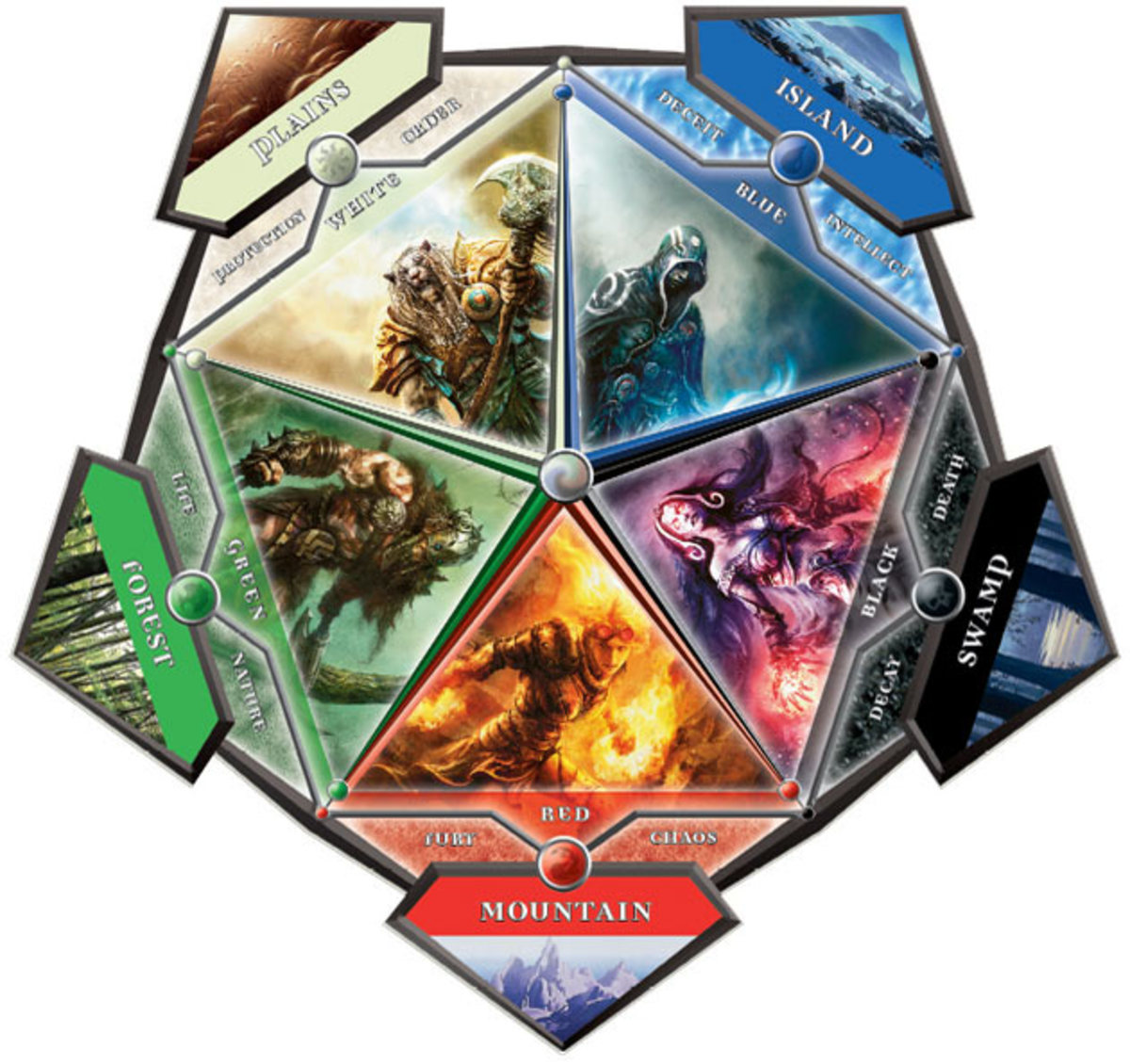Magic: The Gathering is a captivating game that mixes strategy, creativity, plus a little bit of luck. Regardless of whether you are a newcomer eager to be able to dive into the associated with Planeswalkers plus spells or a seasoned player seeking to refine the skills, building your first deck can feel like a daunting activity. Have no fear, as many of us have crafted the ultimate guide in order to enable you to navigate the enchanting process regarding deck building.
In this particular manual, we will give you essential tips and step-by-step instructions in order to create a competitive Magic: The Gathering deck from damage. From understanding Magic The Gathering singles for mana to exploring different floor archetypes, you'll find out what it requires in order to construct a successful strategy. So gather your favorite playing cards and unleash the creativity as we all attempt this fascinating journey into the magic of outdoor patio building.
Essential Strategies regarding Building Your best Floor
Whenever you embark upon building your 1st Magic: The Gathering deck, one of the most essential methods is to know the foundational aspects of mana, beings, and spells. The mana base is vital, as it dictates the speed with which you could perform your cards and execute your strategies. Ensure you add a balanced number involving lands to assistance the casting expense of your spells. Typically, a great beginning point is around forty percent of your current deck specialized in mana. Familiarizing yourself with basic mana curves will help an individual make a fluid gameplay experience.
Another critical element is selecting greeting cards that synergize well together. This indicates understanding how your creatures, spells, and also other permanents can job in harmony to be able to create powerful combos. Consider having a theme for your porch, whether it is usually aggressive, control, or even combo-based. Each archetype has unique techniques and requires certain card types to optimize performance. When choosing your cards, consider how they interact and how they can collectively support the deck's overall approach.
Finally, don't overlook the importance of assessment and refining your current deck. After constructing your initial version, it's vital in order to playtest it against other decks to distinguish strengths and disadvantages. Pay attention to which cards conduct well and which often do not contribute effectively to the game plan. Adjusting your deck depending on these experiences will lead to substantial improvements. This iterative process is key to honing your current skills as being a decks builder and ensuring that your first of all deck is not necessarily only fun to try out but also aggressive.
Choosing the Right Greeting cards and Themes
When setting up a Magic: The Gathering deck, the number of cards will be crucial to it is overall effectiveness plus enjoyment. Start by simply determining a central theme or technique for your outdoor patio, which can range from aggressive creature-based ways of more control-oriented strategies. Themes like tribal synergies, where an individual give attention to a particular creature type, can create a natural and powerful deck. Understanding the capabilities and flavors regarding different sets will greatly inspire your card choices plus make your deck more fun in order to play.
Next, consider just how the chosen playing cards work together in addition to contribute to the overall strategy. Look for cards which may have synergy; for example of this, if you are building an aggro deck, prioritize low-cost creatures and spells that can deal damage swiftly. On the various other hand, if you’re leaning towards a new control deck, choose cards that permit you to increase card advantage plus disrupt your opponent’s plans. Pay interest to the roles of creatures, spells, and mana costs to ensure a well-balanced approach that meets your chosen concept.
Last but not least, don’t overlook the importance of diversity in your card choices. While staying to your concept, it’s necessary to include cards offering solutions to various hazards and situations. This means incorporating removal spells, counterspells, or life gain options which could adapt to various opponents and scenarios. By thoughtfully choosing cards that embody your deck's theme while keeping flexibility, you’ll craft a Magic: The Gathering deck which is not only reasonably competitive but additionally uniquely the one you have.
Suggestions for Testing plus Improving Your Floor
Assessment your Magic: The Gathering deck is vital for understanding it is strengths and disadvantages. Start by doing offers with friends or even at local online game shops to see how your deck performs against the variety of opposing team and deck forms. Pay attention to be able to how the outdoor patio flows and whether or not you consistently draw the cards an individual need when you need them. Record your wins and losses, and make paperwork on any recurring issues that occur during matches.
After collecting feedback from your playtesting sessions, it’s time and energy to analyze your own deck’s performance seriously. Seek out patterns within your victories in addition to defeats. Is there specific cards that underperform or overperform? Perhaps MTG singles Canada have too many high-cost means or not adequate mana sources. Determining these areas will assist you to make informed alterations to enhance equally the consistency in addition to efficacy of your own deck.
Lastly, don’t be reluctant to seek tips and insights by more experienced gamers. Engaging with the Magic community can provide fresh perspectives and alternative tactics that you may well not have considered. Additionally, use online assets, forums, and deck-building websites to watch cases of competitive products similar to your own. Iteratively refining the deck will guarantee that it evolves and improves with time, making you a new stronger player throughout the process.

